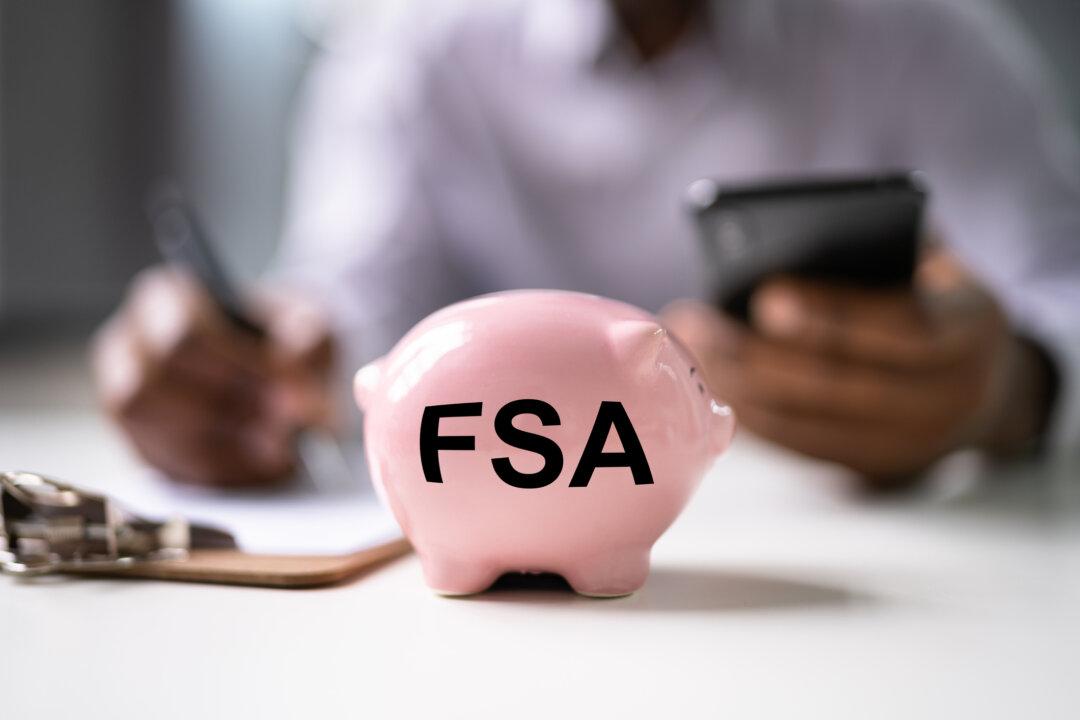By Lisa Gerstner
From Kiplinger’s Personal Finance
Flexible spending accounts, or FSAs, allow employees of companies that offer the accounts to set aside pretax money from their paychecks for out-of-pocket health care or dependent care expenses.

Flexible spending accounts, or FSAs, allow employees of companies that offer the accounts to set aside pretax money from their paychecks for out-of-pocket health care or dependent care expenses.